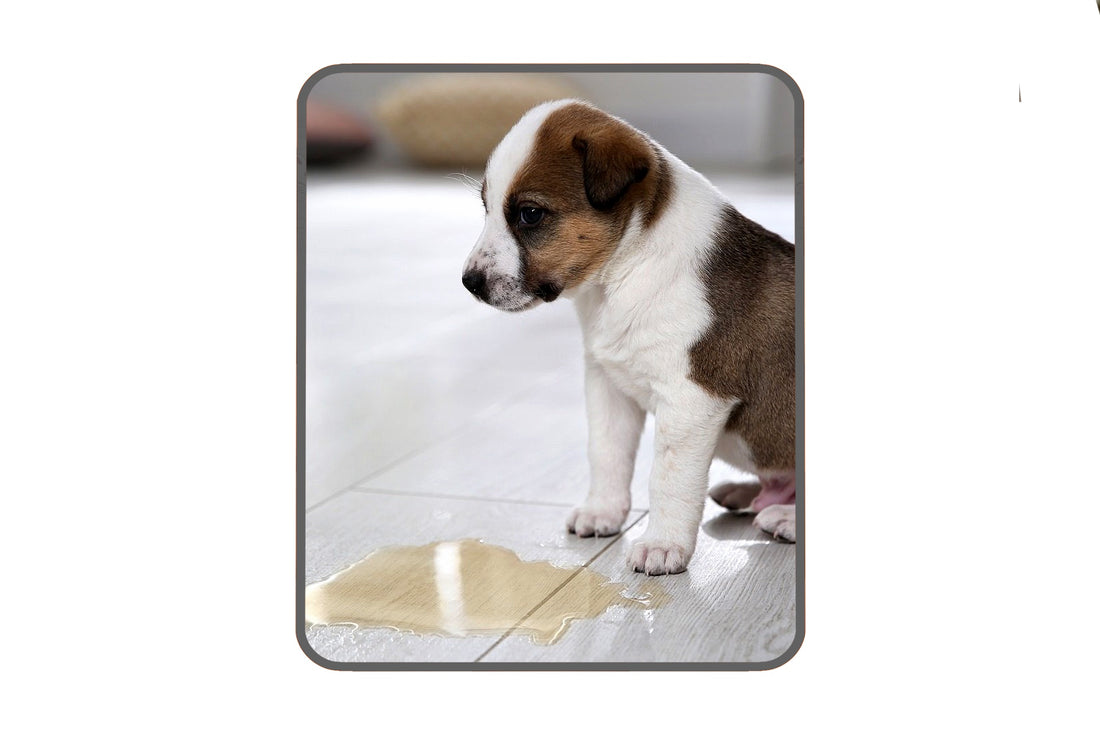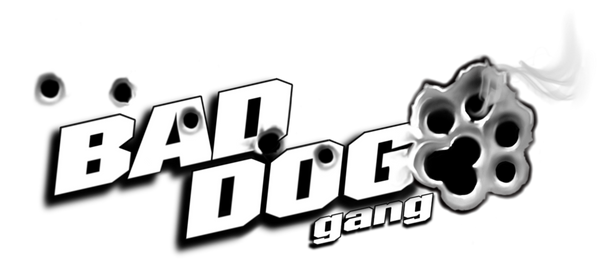
Potty Training A New Puppy.
Upon bringing your puppy home, it's vital to address cleanliness promptly. Puppies come from an environment where their mother maintains a pristine space, she teaches them cleanliness habits. Dogs inherently dislike mess in their living areas and quickly develop habits, associating scents and locations with toileting. Therefore, it's crucial to promptly clean up any accidents to prevent reinforcing unwanted behavior. Once an area is soiled, they'll continue to use it for relieving themselves. Remember, dogs are pack animals, and as their caregiver, you assume the role of leader. Hence, it's your responsibility to maintain a clean smell-free environment to discourage undesirable habits from forming.
How long does it take?
There isn't a one-size-fits-all timeline to potty training puppies. The age of your puppy significantly influences how quickly they grasp new behaviors. Additionally, your consistency and approach to training are pivotal factors affecting the duration of the process. When we brought our puppy Penny home at 5 weeks, we started potty training her immediately. We took Penny outside every 2 hours (max), every time she woke up from a nap, and every time she ate or drank anything within 2 minutes. If you wait longer you will probably experience accidents. Penny was fully potty trained by 15 weeks. During that time she had just a handful of accidents that were 100% of our time by not paying close attention.
You can consider your puppy potty trained when they consistently go two to three months without any accidents indoors. However, it's common for young puppies to go backwards in their training at some point during their first year, we were able to eliminate any regression by taking a few extra steps we will talk about below.
When and how to potty train a puppy?
Pay attention to your dog’s behaviors that will let you know when they’re getting ready to go. If you see them sniffing or circling, those are pretty good signs that something’s about to happen. Act quick! It's better to grab them and take them outside than have them pee in your house.
When you take your puppy outside to potty, try and take them to the same spot each time — this will most likely become their designated spot. Puppies younger than 6 months may want go out every 2 hours or so, and as they get older you can stretch this out to 3 to 5 times a day.
These potty training tips are going to go a long way in setting both you and your pooch up for potty training success.
Some tips that will go a long way.
- Start every day with a toilet break outside
Do not pass ‘Go’, do not collect $200 (or make coffee or brush your teeth). Head straight outside to the usual spot for your pup to potty. If your pup starts doing their business before you make it outside, pick them up and rush them to their spot to reinforce their association of where it is okay to potty.
- Take your pup out IMMEDIATELY after meals
Wait typically between 2-5 minutes. Sometimes as long as 10 minutes (keep an eye out for those signs we discussed) and then take your pupper out. The younger the puppy, the sooner they should go out after eating or drinking.
- Potty train your pup IMMEDIATELY after naps and playing
Nap times and playtime and any time spent in the crate (more on this later) should also be followed up with a trip outside. Again, watch for those signs that doggy needs to go so you can preempt any accidents. Prevention is preferred!
- Your last visit outside for the day should always be right before bedtime
Don’t wait too long between toilet breaks. The general rule of thumb is your puppy can hold it one hour for every month old they are — this will give you the maximum time in hours that your pup can go between toilet breaks.
- Adjust the diet if you need to
A pup that overeats or is eating food that doesn’t agree with them can develop runny stools which will make your job of house training significantly harder.
- Tools help: crates, pens, and pads are great, but we found a better solution
Crates and pens are essential assets for managing your puppy's environment, particularly during the potty training process. Crate training is beneficial not only for traveling or ensuring your puppy's safety but also for fostering a sense of security and comfort. However, neglecting crate training could potentially complicate the training process.
As mentioned earlier, dogs have an innate tendency to seek out safe and secure spaces, akin to dens in the wild. Once your puppy associates their crate as a den or safe haven, they will instinctively strive to keep it clean and free of any mess. This association prompts them to alert you when they need to relieve themselves, allowing you to promptly take them outside.
Ensuring the crate size is just right is crucial. It shouldn't be too cramped nor too spacious. Your puppy should have enough room to comfortably turn around but not so much space that they can designate a corner for bathroom purposes. This prevents them from developing undesirable habits and keeps the crate a clean and comfortable space for them.
Another super handy, but temporary, tool is a puppy pad or paper. These should be used sparingly and in specific situations as they send a conflicting message to your pooch. You’re trying to teach them to go outside but now you’re offering an indoor alternative and this dilutes your main message.
- An innovation worth mentioning "the Box"
This is where we came up with a different solution for Penny that saved us weeks or months of potty training. We decided to make a "litter-style" box for her with a cement tub we bought at Home Depot and some mulch. This way she got used to the same smells that were outside and it made her transition easier. She actually started going outside on her own because she preferred it to her box.
The box has virtually zero smell until it needs to be changed every 2-3 weeks. It's cheaper than pads (one bag of mulch is about $4.00 and lasts about 3 changes. We take the poop out immediately of course.
There are circumstances where these tools can be useful, for example in areas where the weather prevents you from taking your pup outside, if you live in an apartment, or if you’re are trying to potty train a puppy when you work outside the house. The idea then would be to keep your box, puppy pad or paper in the same spot to encourage that consistent behavior, with the option to move this closer and closer to the door to develop that association.
- Praise and reward
When your puppy successfully goes outside, make sure to reward them with praise, treats, cuddles, and playtime to reinforce their good behavior. It's crucial to understand that reacting negatively to indoor accidents won't effectively change your puppy's behavior. Instead of scolding or showing frustration, calmly say "no" and redirect them to the designated outdoor potty area. Guide them to associate going outside with relieving themselves and ensure prompt and thorough cleaning of any indoor messes.
Troubleshooting:
If your puppy isn't cooperating, don't worry! Potty training a stubborn pup follows the same principles as training any other puppy. Step back, reassess your approach, and ensure consistency in their schedule. Reward good behavior generously and pay close attention to managing their environment.
Remember, success in potty training is within reach, and there's no need to be afraid. Consistency and patience are key to achieving your goals.
